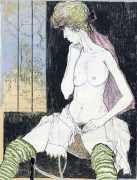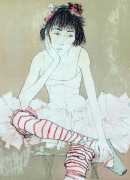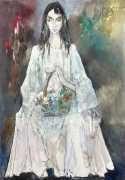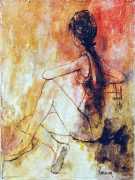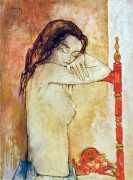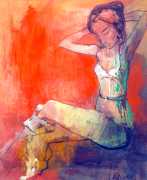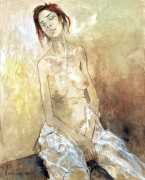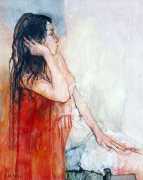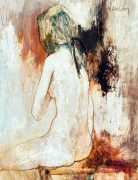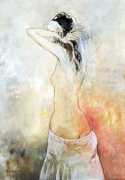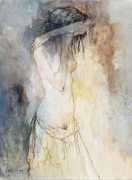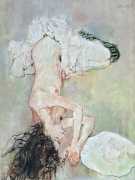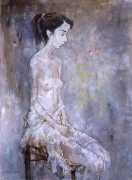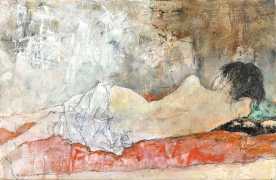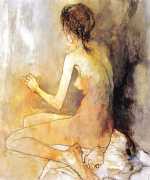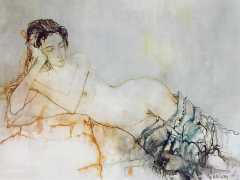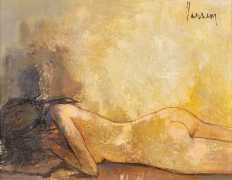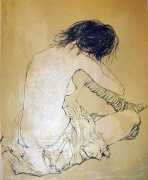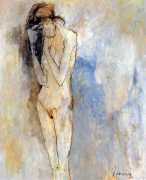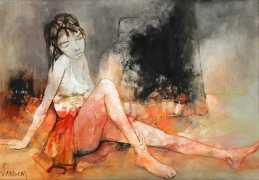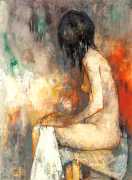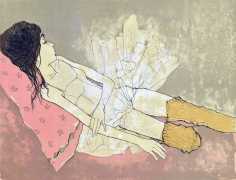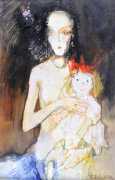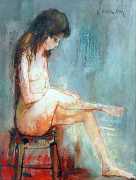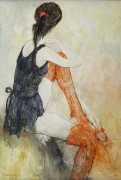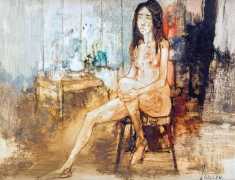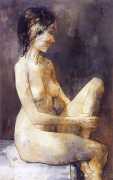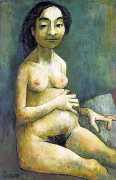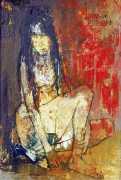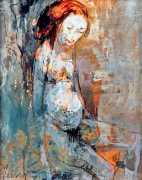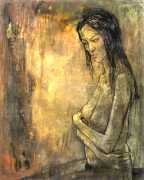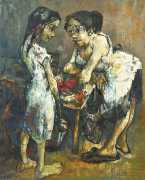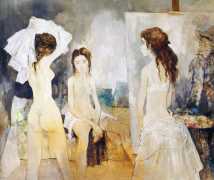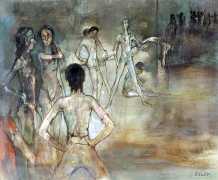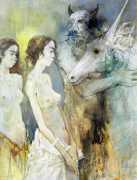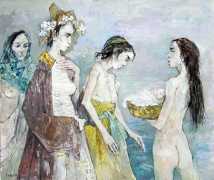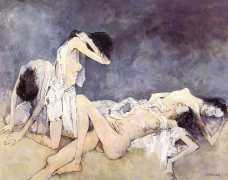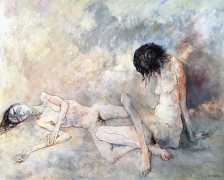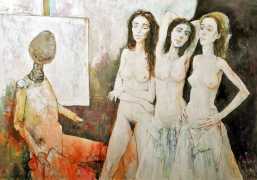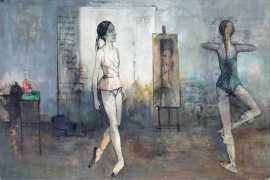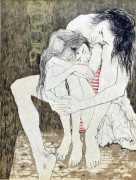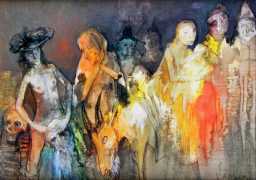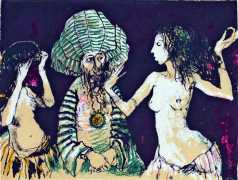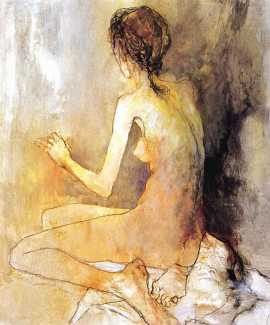 For Jansem painting was a solace, a pleasure, and at least in the early years in no way linked to commercial art. Upon graduating from the École des Arts Decoratifs his poster work, fabric designs and illustrations allowed him to support himself while painting seriously in private. The public was not long in viewing and appreciating his work. He exhibited in the Salon des Indépéndants in 1941, and then in the Salon d’Automne, the Salon des Tuileries, Peintres Temoins de leur Temps, Comparaisons, Jeunes Peintres, and other salons. Jansem’s first solo exhibition was held in 1950 at the Galerie Doucet in Paris.
For Jansem painting was a solace, a pleasure, and at least in the early years in no way linked to commercial art. Upon graduating from the École des Arts Decoratifs his poster work, fabric designs and illustrations allowed him to support himself while painting seriously in private. The public was not long in viewing and appreciating his work. He exhibited in the Salon des Indépéndants in 1941, and then in the Salon d’Automne, the Salon des Tuileries, Peintres Temoins de leur Temps, Comparaisons, Jeunes Peintres, and other salons. Jansem’s first solo exhibition was held in 1950 at the Galerie Doucet in Paris.
‘The act of painting reveals who we are,’ wrote Jansem. ‘We are betrayed by what we love.’ Jansem’s primary sources of inspiration were Goya and Brueghel, though the influence of impressionist painters, especially Degas, are also clearly visible. His mother, wife and children were the main heroes in his earlier works. Jansem has been characterised as a ‘miserabilist’, a painter of unfortunates, but that is only one aspect of his work.
His travels in Spain led Jansem to compose paintings of great force, particularly featuring bullfighting. The circus also inspired him and led him to create spectacular ‘masquerades’. His love of Mediterranean culture was reinforced by frequent stays in Greece, Spain, Italy and Portugal.


